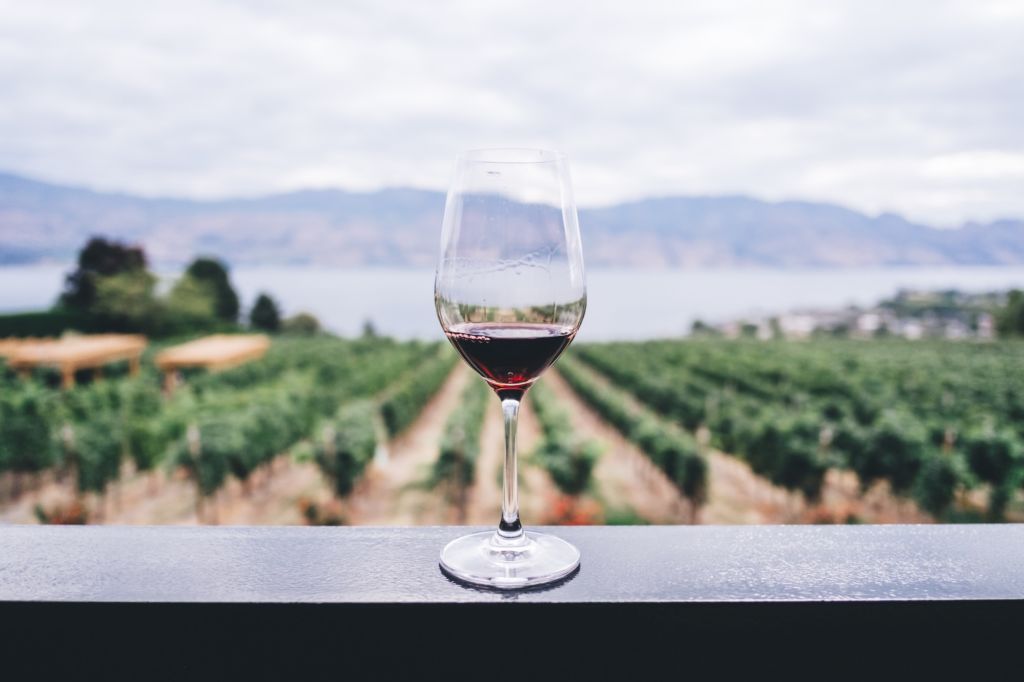Ernest Hemingway once said, “wine offers a greater range for enjoyment and appreciation than, possibly, any other purely sensory thing.”
At BlueSnap, we’re certainly on board with Hemingway’s description. However, if there’s one thing we appreciate more than a good bottle of wine, it’s a simplified payment process with state-of-the-art fraud protection capabilities.
As it turns out, wine, payments, and fraud actually have a lot in common. We teamed up with our partners at Kount, the leading provider of fraud protection and detection software, to discuss the 5 things that wine has to do with payments and fraud.
5 Things Wine Has to Do With Payments & Fraud
1. Cultural differences can make things tricky.
Wine is made in nearly every country in the world. Unsurprisingly, though, the habits, tastes, and laws regarding the consumption of wine differ in every culture. Some countries have no minimum drinking age, while others have minimum drinking ages set as high as 25.
Likewise, every country, card network and payment type has its own rules and regulations regarding payments — and if you’re going to operate in the payments world successfully, you need to be aware of and in compliance with these regulations. Although some cultures might be lax about underage drinking, as seen in the boozy frat parties happening across American college campuses, global payment regulations are not to be overlooked.
Additionally, wine tends to pair well with local cuisine; for example, German wine tends to be sweet and paired with cakes, whereas Italian wine is crafted to pair well with the bold flavors of Italian food. Similar to the regionality of wine, payment offerings need to match the local payment types used in each country to avoid leaving a bitter taste in customers’ mouths.
2. You shouldn’t judge a book by its cover.
Some people might go their whole lives without considering the anatomy of a wine label, but it’s actually critical to understanding what you’re buying, what it’s worth and how it will taste. Basic wine labels contain the name of the winery, the region in which it was made, the variety of grapes used to make it, the year the grapes were harvested and the alcohol by volume.
Similarly, understanding the true identity of the person making a payment through your payments platform is key to preventing fraudulent payments. In the same way that someone might try to forge a wine label to sell it as an expensive vintage, people can use different services to make it seem like they’re making online payments from a different country or a different device. Fraud detection capabilities such as proxy piercing or device fingerprinting can help you distinguish the dimes from the duds.
3. Location, location, location.
When you’re making wine, everything from the weather during the growing season to the quality of the soil can affect the taste of the wine. These environmental influences, known as the “terroir” of wine, play an important part in determining what can be grown where and how; different grapes will not grow to the same quality in different climates or regions.
Location plays an equally important role in payment processing as well. For every transaction, the payment is passed to an acquiring bank for authorization. If the acquiring bank is not located in the same region where the shopper card was issued, the payment has a much higher likelihood of being flagged as fraud. If you’re serving global customers, it’s important to partner with a payments provider that can route transactions to the local acquiring bank most likely to approve them.
4. Atmosphere can make or break sales.
If you’ve ever been on a wine tasting tour, then you’re familiar with the luxurious, indulgent energy of a vineyard. You may have even gone home with several bottles of wine, only to later ask yourself why you spent so much money. In a wine tasting room, atmosphere is everything; when visitors are comfortable, they tend to not only enjoy the wine more, but also buy a few more bottles.
Though atmosphere is often overlooked in the world of online retail, it’s just as important to successfully converting shoppers as it is in the wine tasting room. Studies have shown that many shoppers will abandon a purchase if the checkout page isn’t presented in their native language, with local currencies, and with local payment options. Therefore, offering a frictionless and personalized checkout experience is key to charming your customers and encouraging them to buy.
5. The experts can help.
The taste of wine is a language that few speak fluently. For the amateur with an untrained nose, there are wine scoring systems to help them decide what to buy. Wine critics use a 100-point scale and tasting notes to communicate the taste and quality of wine. If you’re not sure how to translate common descriptions of wine — like “cigar box,” “flamboyant,” “laser-like,” or “hint of gym socks,” — into actual tastes, then it’s best to turn to the experts to help you get the most out of your purchase.
Like wine, the payments world is rich and complex, and navigating it on your own can be an overwhelming task. If you get it wrong, you could be inundated with fraudulent purchases, slammed with non-compliance fees, and burdened by customer dissatisfaction. You need a trusted third-party with extensive experience in global payments to help you avoid any sticky situations.
Navigate Payments Like a Sommelier With BlueSnap and Kount
Just like wine, the payments world is complicated and difficult to understand, and if you get it wrong, you could end up with a terrible headache. Luckily, payment processing and fraud detection providers like BlueSnap and Kount are here to make sure you don’t go into it blind.


